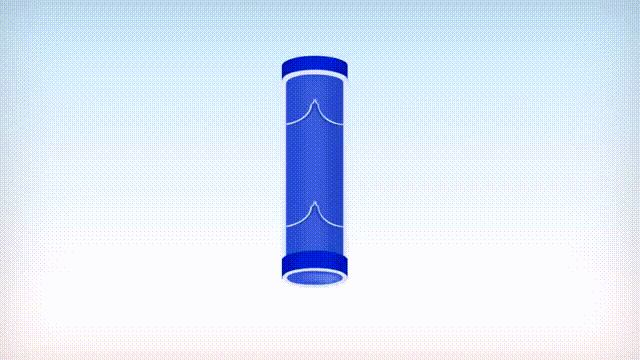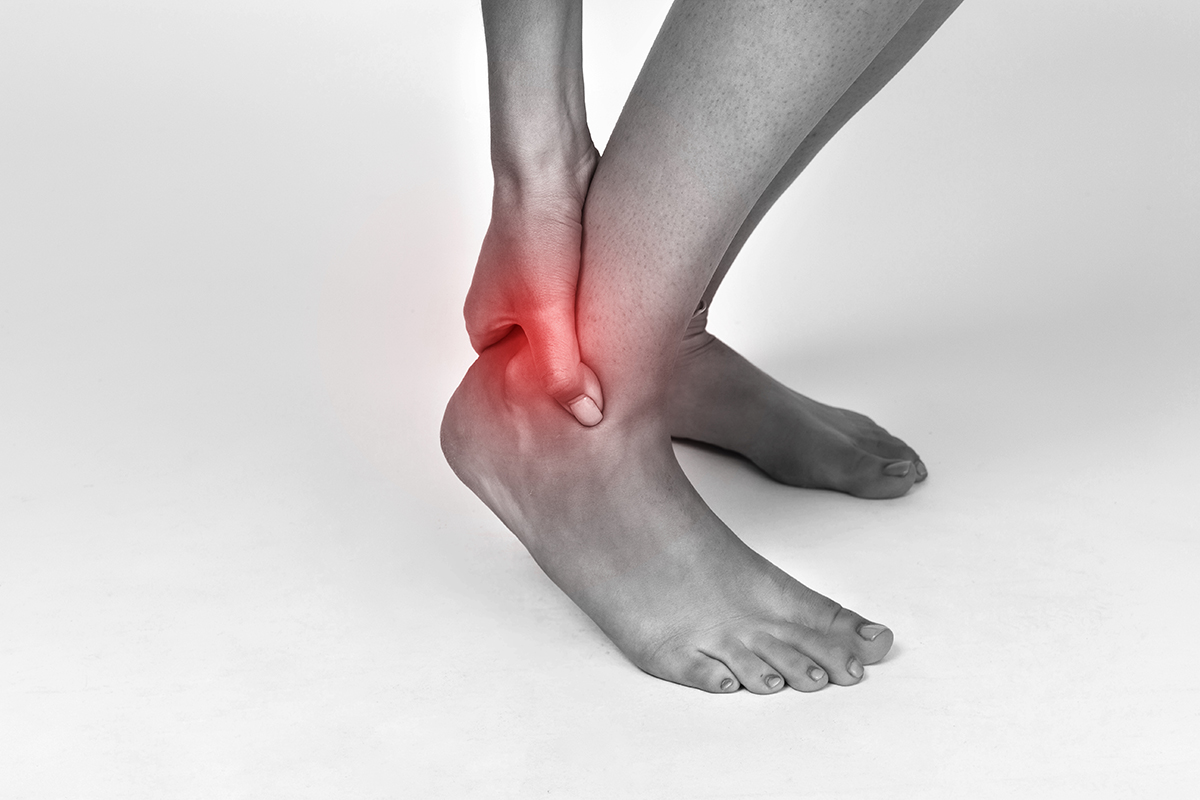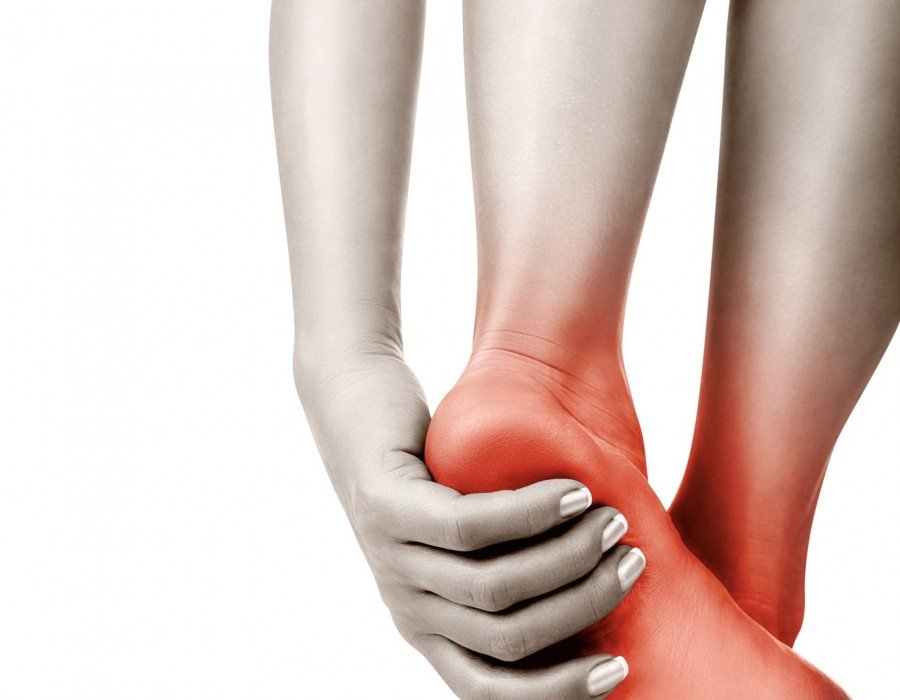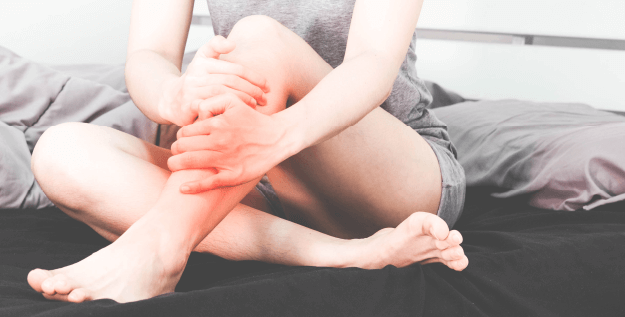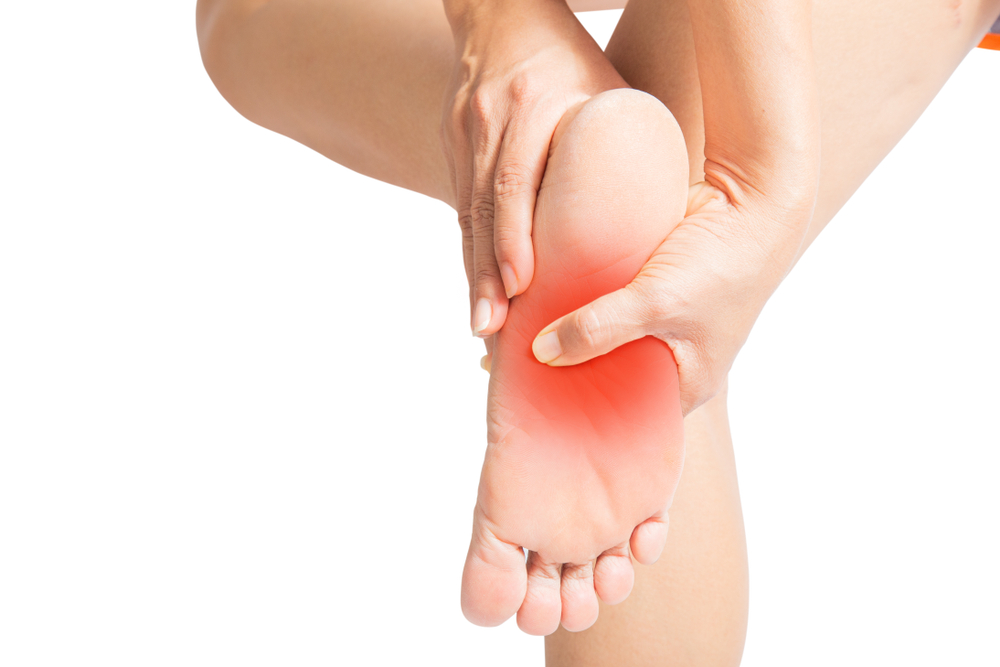CIRCULATORY HEALTH
IN THE
LOWER LEG
Healthy circulation in the lower legs can be a challenge for many people. Sedentary life style, injury and vascular conditions can all compromise circulation and have a negative impact on health.
Individuals suffering from vascular disease often experience swollen legs that feel tired or achy. Vascular disease can affect the skin, causing discoloration, flaking, itchiness, and ulcers. Some of the more common vascular diseases include chronic venous insufficiency, peripheral arterial disease, and varicose veins.
Similarly, individuals recovering from lower leg injuries, such as a sprained ankle or calf muscle pull, can struggle with ongoing pain, instability, arthritis and even re-injury. If the plantar flexors, the muscles used to point the toes, aren’t flexible, the risk of developing plantar fasciitis, Achilles tendinitis, and associated knee injuries is elevated.
In the case of COVID-19 related challenges, musculoskeletal deconditioning and functional deficits can result from inactivity during quarantine, regardless of infection status. Click here to visit our COVID-19 Relief page.
Simple changes in lifestyles can greatly improve circulatory health. Walking, losing weight, elevating your legs, and doing ankle exercises can be particularly helpful. Exercises that involve pumping the foot or ankle have been shown to increase blood circulation, walking capacity, and wound healing.
CONDITIONS AFFECTING THE LOWER LEG
CHRONIC VENOUS INSUFFICIENCY
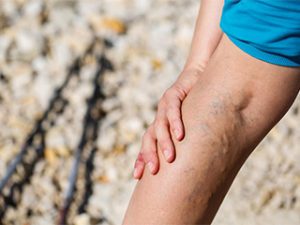
Chronic venous insufficiency (CVI) [1] is caused by poorly functioning valves in the leg veins, allowing blood to travel backwards and pool or collect in the veins. Over time, CVI can cause pain, swelling, skin changes [2], and even open sores called ulcers.
COMPLICATIONS OF DIABETES
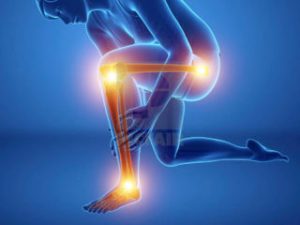
Poor circulation and lower leg swelling are common in diabetes and can lead to nerve damage. Over 50% of older diabetics develop nerve damage which can cause numbness, burning, and tingling in their legs and feet. [4] Changes like numbness can make it difficult to balance, both while walking and standing. [5] Nerve damage can also make it harder to notice and respond to pain caused by factors like heat or pressure, along with increasing the likelihood of foot ulcers. All of this can negatively impact quality of life and increase the risk of falls. Exercise can assist in relief of these related conditions.
ANKLE INJURY
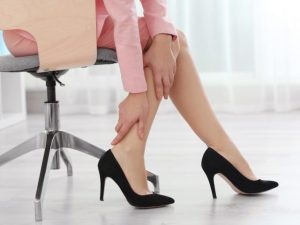
Ankle injuries [6] can result in reduced circulation, range of motion (ROM), and strength in the foot and ankle. Even with standard recovery therapy, foot and ankle injury can result in chronic pain, instability, [7] or arthritis of the ankle joint. As with any joint-related injury,[8][9] controlled and targeted exercise [10] has been found to be beneficial to recovery time.
EDEMA

Edema is swelling caused by excess fluid trapped in the body’s tissues. Although edema can affect any part of the body, it most commonly affects a person’s feet, ankles and legs. Taking medication and monitoring salt intake can provide some relief. [11] Treatment recommendations also include movement and exercise [12] of affected areas to help pump the excess fluid through the body.
VENOUS LEG ULCERS
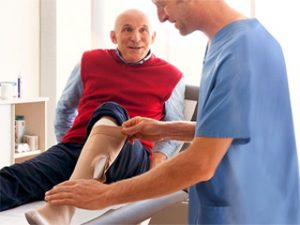
Venous Leg Ulcers (VLU), sores on the leg that are difficult to heal, are a common problem.These ulcers form as a result of poor circulation, which is associated with increased pressure in the veins and decreased oxygen in the tissues [13]. Frequent foot and ankle exercises [14] can help strengthen leg muscles, improve blood flow in the legs, promote healthy skin, and aid in ulcer healing. [15] In fact, studies have shown that adding an exercise program to standard treatment increases the likelihood of healing.
HYPERTENSION AND OBESITY
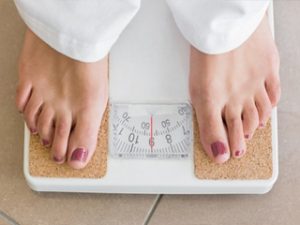
Lack of exercise, poor eating habits and an unhealthy diet have been shown to contribute to the onset of obesity [16] and hypertension. These conditions can result in poor circulation [17] and conditions such as VLU, CVI, and edema. Exercise has been shown to prevent, treat, or reverse the complications of obesity, hypertension, and many other conditions. Focused exercise regimens targeting the foot and ankle [18] promote increased circulatory health in the lower legs and can reduce associated complications.
CALF MUSCLE PUMP EXERCISES FOR BUILDING STRENGTH AND RANGE OF MOTION
Foot and calf pump are the primary means by which venous blood from the legs is pumped back up to the heart. Contraction of the calf muscles compresses the veins and forces blood in the deep venous system back towards the heart. The stronger the calf muscles, the stronger the contraction, the greater the volume of blood forced back towards the heart. Calf pump is almost as important as the heart itself and so, are often referred to as the “second heart”.
Foot and calf pump exercise has been shown to improve circulation and may provide additional therapeutic benefits. It has been reported that structured ankle flexion and extension exercises have the ability to improve ankle joint range of motion and increase calf muscle strength, thereby increasing the effectiveness of the foot and calf pump. A healthy foot and calf pump increases venous return and arterial blood flow, prevents clot formation, reduces pain and swelling, and promotes recovery and a return to activities of daily living.
